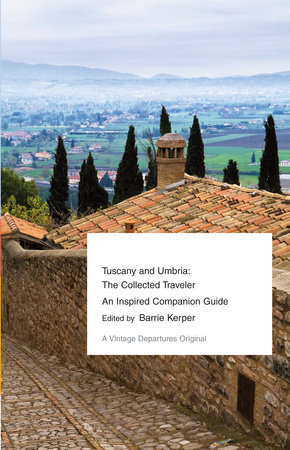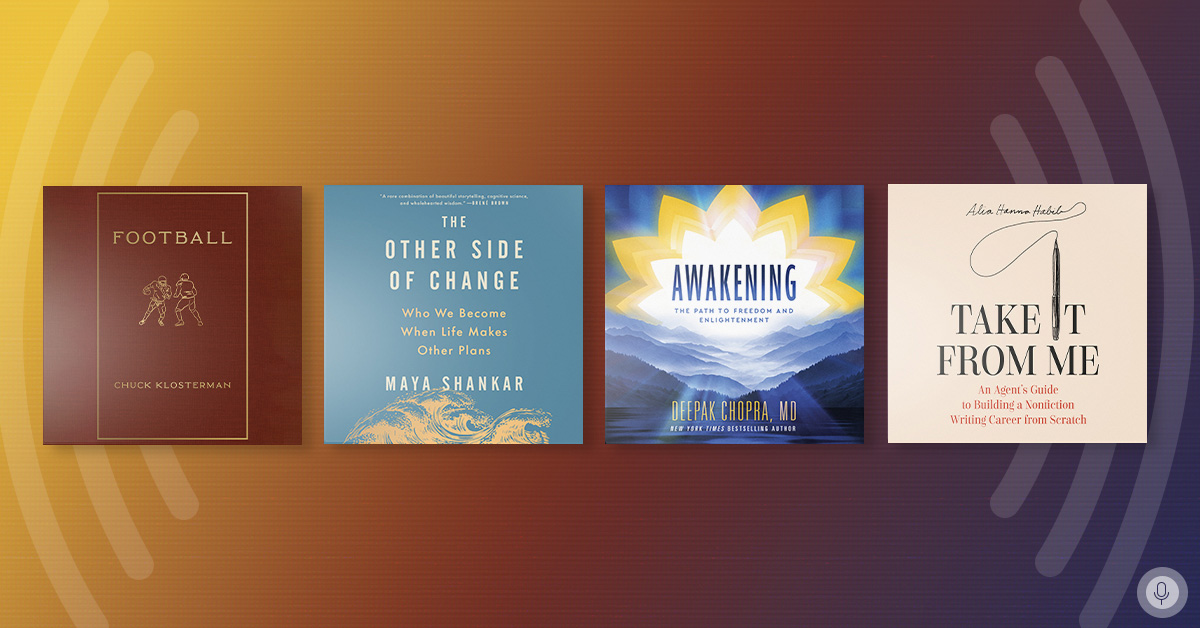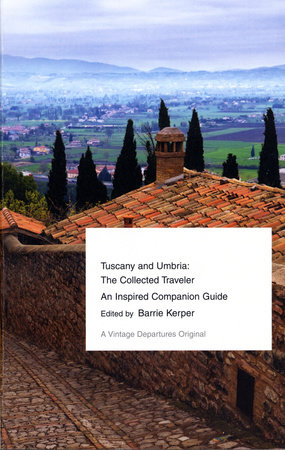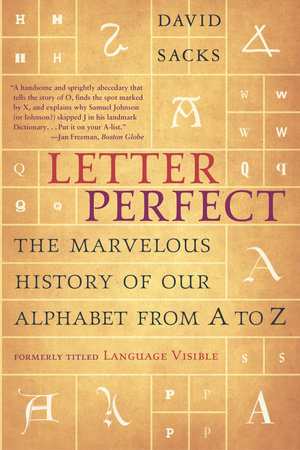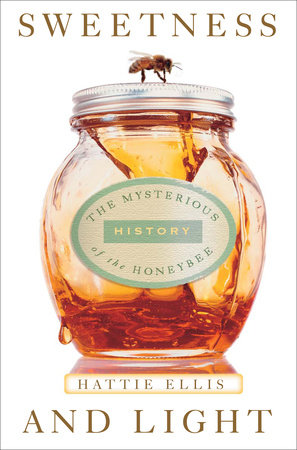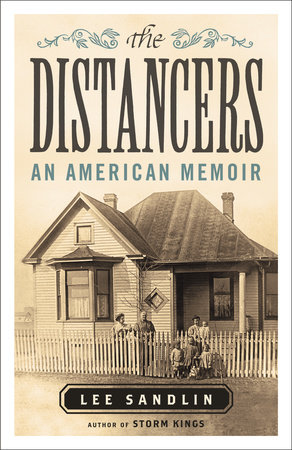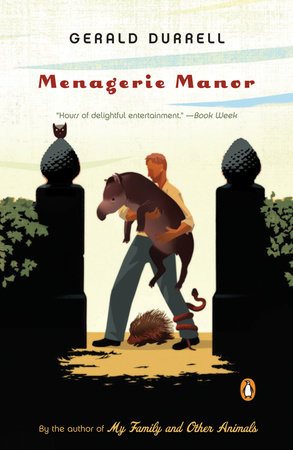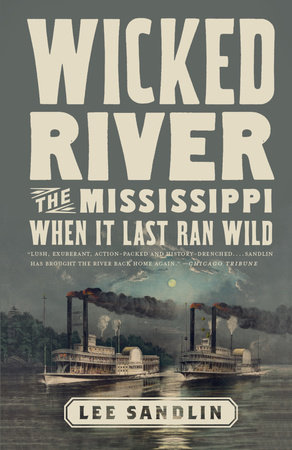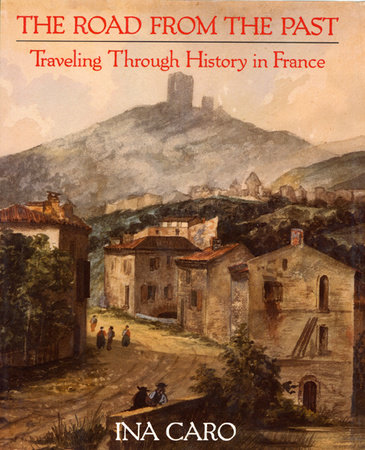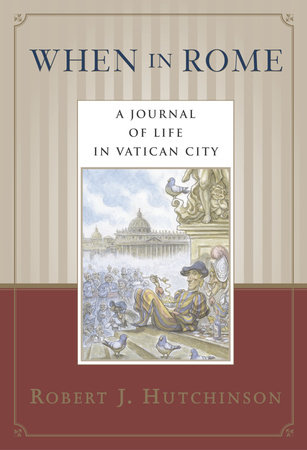A Q & A between Barrie Kerper, author of Tuscany and Umbria: The Collected Traveler, and her Vintage Books editor, Diana Tesdell
DT: You’ve described how the idea for the Collected Traveler series developed out of your lifelong (and perhaps obsessive!) habit of collecting interesting articles and books and information about your travel destinations and sharing them with your friends. But now that you are doing your collecting not only for yourself but for publication, and your trips are not only vacations but research for your books, do you find that has changed your experience of travel, or only intensified the pleasure you get from it?
BK: A writer friend once told me that she has to write, everyday, in the same way that she has to eat or brush her teeth. My habit of being a modern-day hunter-gatherer is likewise so much a part of my life that I don’t even think about how I reflexively have to clip articles from periodicals, need to browse a website or blog, must track down an out-of-print book, or positively cannot miss seeing a museum exhibition. So I do all of this anyway as a matter of course, whether I’m traveling for business or pleasure. This said, however, when I’m working on a book it is work, which means rising very early nearly every day in order to cram in all the appointments and interviews I’ve made, to see and do new things, revisit familiar haunts, and make new and unexpected discoveries. I am often extremely exhausted at the end of every (very long) day, and I admit that sometimes my work itineraries do go against the way I encourage my readers to travel. I’m not proud of this, but sometimes, though I’m running on empty, I am so enthusiastic and so high about what I’m experiencing that it’s impossible to stop. Yet, my most successful days are those when I’ve carefully created an hourly itinerary with plenty of realistic time built in for slowing down, allowing for leisurely rambling, an afternoon siesta, and an evening walk and glass of wine before dinner. I’ve learned that by crafting a detailed itinerary – including where I will eat meals, what neighborhoods I will visit, what museums and monuments I will see, what sporting events I will attend, and what shops I will poke into – I actually have more free time and I don’t rush around. That may sound odd, but it’s true: the more thoroughly you plan, the more realistic your itinerary will be, and you will also avoid disappointment (some museums, galleries, and monuments are closed on certain days of the week, during certain hours of the day, or in some seasons of the year, and others require an advance appointment). I always end a trip feeling fairly satisfied that I saw and did nearly everything I wanted – I say nearly because, after all, it takes nothing less than a lifetime to really know a place, and as the French are fond of saying, il faut toujours garder une perle pour la prochaine fois (it’s necessary to always save a pearl for the next time).
DT: In your Collected Traveler books, you mix contemporary articles by a wide range of writers with your own advice on places to see and things to do based on your recent visits. But occasionally you include an older article. For instance, in Istanbul you include Mary Cable’s wonderful piece about the Harem of Topkapi Palace, “The Grand Seraglio,” which describes the place as it looked when the author visited it in the 1950s — and includes as well vivid historical background about the sultans, their concubines, outrageously lavish banquets, and violent palace intrigues. Why include a piece like that rather than a recent article that describes the palace as tourists will encounter it now, the way a standard guidebook would?
BK: Since each edition in The Collected Traveler series is meant to be a companion volume to a traveler’s favorite guidebook(s), it doesn’t make sense to me to duplicate information. What guidebooks can’t do simply by definition is provide a lot of depth. There are some very good guidebooks that do go into greater detail than others – I’ve been fond for years of the Blue Guides, Rough Guides, and Lonely Planet, for example – but generally speaking guidebooks would quickly turn into encyclopedias if they included more. More important, however, is the fact that the older articles and essays I include are particularly well written, thought-provoking, or unique in some way, and the authors’ views stand as a valuable record of a certain time in history. Even after the passage of many years, you may share the author’s emotions and opinions, and often you find that the more things change, the more they stay the same. The books wouldn’t be nearly as compelling if they featured only contemporary accounts.
DT: Two subjects of the Collected Traveler books are Paris and the Tuscany and Umbria regions of Italy. These are more familiar destinations to most people than Turkey is, and many may feel they already know as much as they need to about them. Certainly you are already extremely familiar with them. Did you come across anything in your research for these new editions that surprised you?
BK: The first thing I realized when I began working on the updated editions of Tuscany & Umbria and Paris is that the more I know, the more I find I don’t know! There is still plenty to learn about these well-trodden destinations – to paraphrase Hemingway, “there is never any end to Paris,” or to all the corners of Tuscany and Umbria. Just when I think I have a fact or story nailed down, I learn of new tangents that send me off learning more details. And all of it is interesting! Paris remains a magnificent, dynamic city, and the regions of Tuscany and Umbria continue to amaze me with how many wonderful towns and villages are little visited by North Americans today and how many details there are still to be discovered in those that are, like Perugia, Arezzo, Pienza, Prato, Montalcino, and even Cortona. Sometimes I think that with well-known destinations it’s even more important to focus — I’m reminded of John Ruskin, who deplored how seldom people notice the small details of everyday life: “No changing of place at a hundred miles an hour will make us one whit stronger, happier, or wiser. There was always more in the world than men could see, walked they ever so slowly; they will see it no better for going fast. The really precious things are thought and sight, not pace.”
DT: It’s pretty clear that you love to travel — your enthusiasm and sheer joy shine through on practically every page of your books. Do you think that your approach to visiting a new destination – to gather all the best writing and most insightful information that you can find, to try to understand a place in depth — says something basic about why we travel at all?
BK: To me it certainly does, and I believe it does also to travelers who are inquisitive, individualistic and indefatigable in their eagerness to explore. The world is wide, and it is filled with such amazing people and places. To again quote Bruce Northam, “Remember, we are all one. Find out for yourself what a miraculous world we live in.” Because the world is so big, it’s also diverse, and I travel to see that diversity, to see how people live in other parts of the world. Istanbul, and all of Turkey, is different, happily, and as Paul Bowles noted in Their Heads Are Green, Their Hands Are Blue, “Each time I go to a place I have not seen before, I hope it will be as different as possible from the places I already know. I assume it is natural for a traveler to seek diversity, and that it is the human element which makes him most aware of difference. If people and their manner of living were alike everywhere, there would not be much point in moving from one place to another.” Though the world today is more accessible than in the past, and therefore feels smaller, I do not believe it is more homogenous. And the fact that information is so readily available to us today, in numerous formats, means there is no excuse for ignorance. Curiosity is the most basic reason for travel, and curious readers and travelers will always enjoy both the preparation and the journey.
